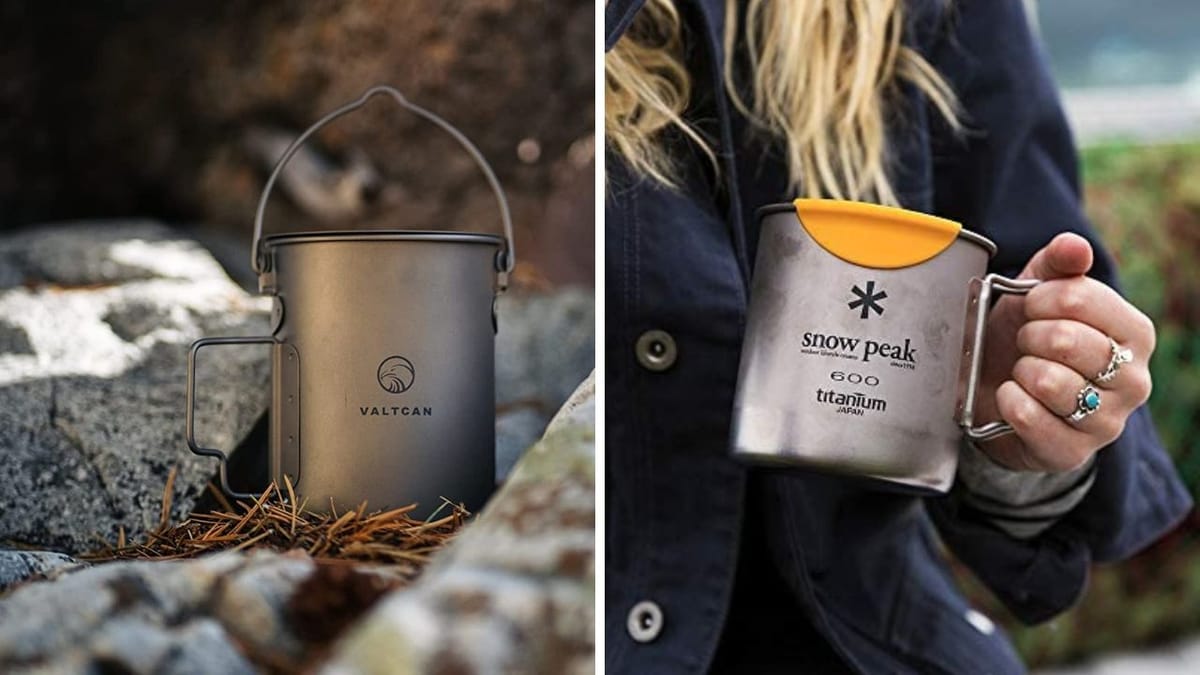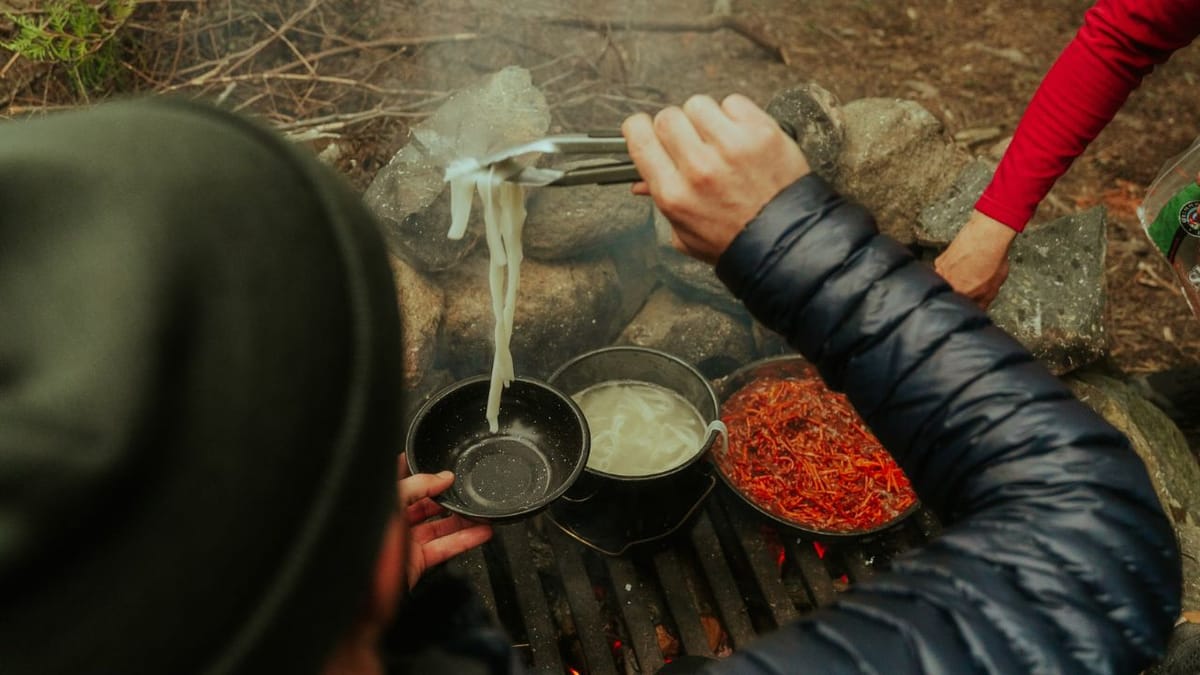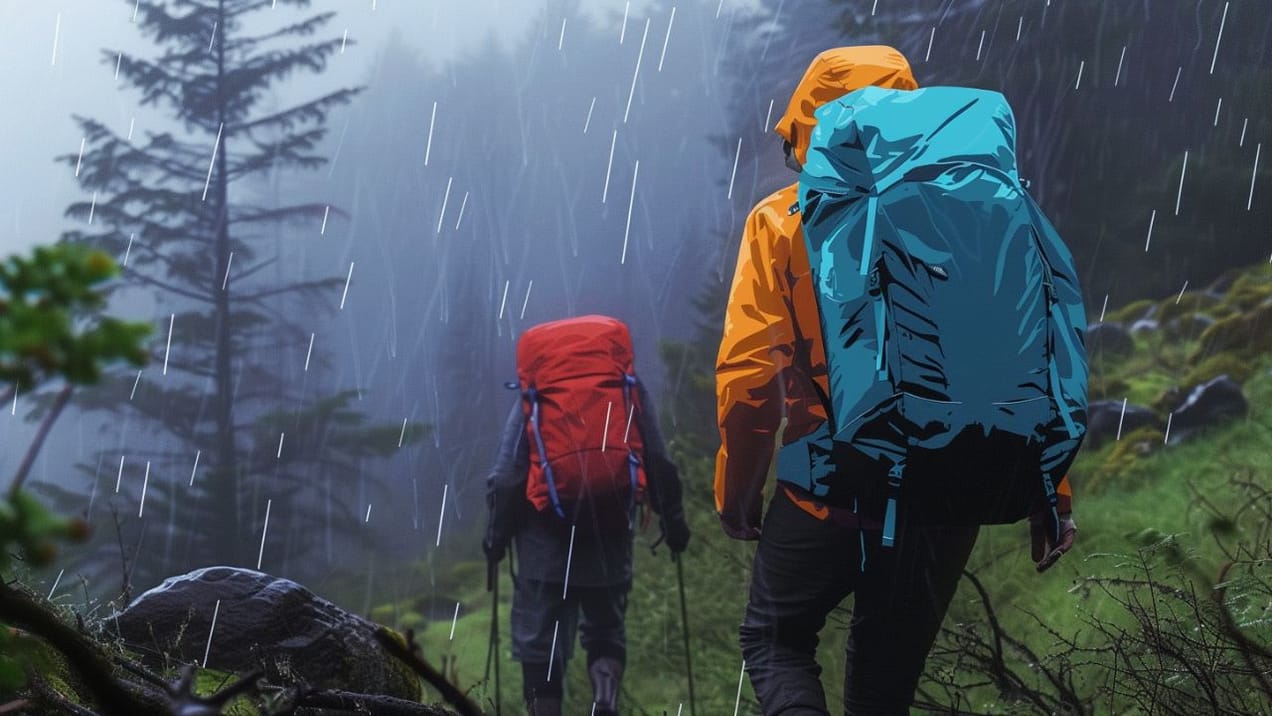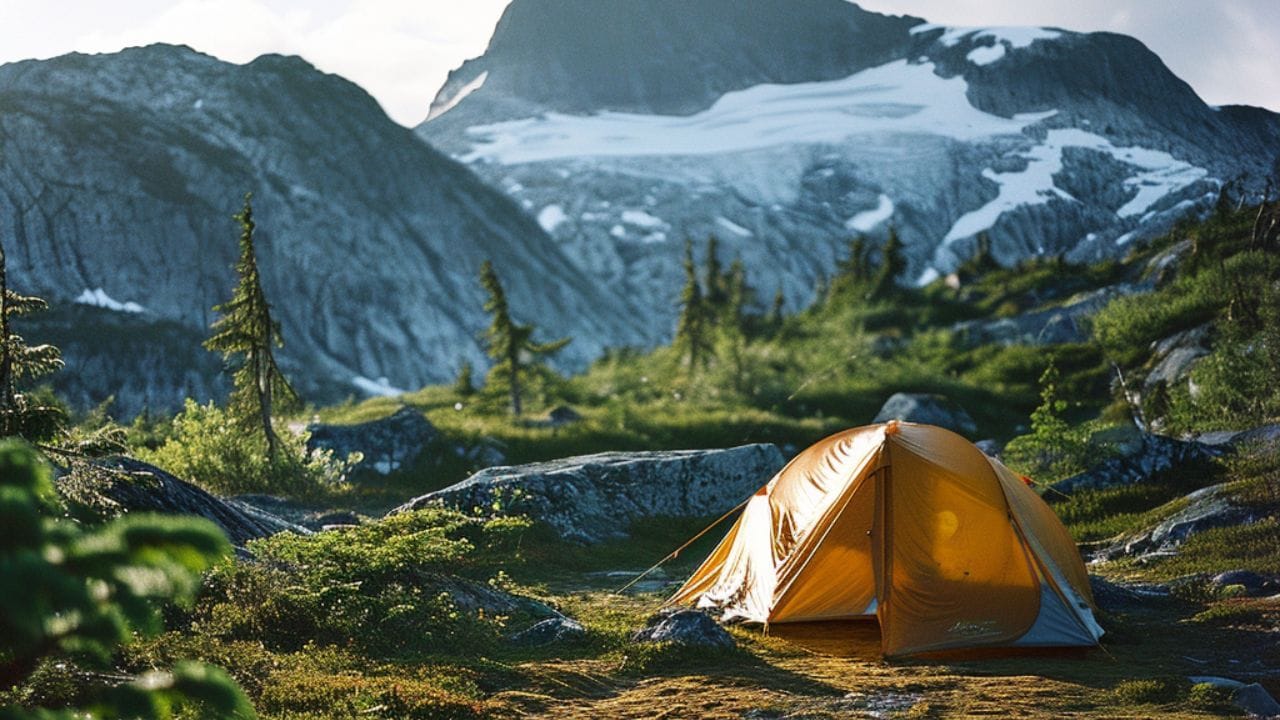
Best 4 Person Backpacking Tent for Group Adventures
Discover the best 4-person backpacking tents for group adventures. This guide reviews top tents for every need, from ultralight to spacious models, ensuring comfort and convenience on the trail.
There’s nothing quite like the freedom of hitting the trail with your crew, ready to explore the wild. But after a long day of trekking, the last thing you want is to squeeze into a too-small tent.
That’s when the best 4 person backpacking tent shines - spacious enough to accommodate your group and gear, yet designed with weight and packability in mind.
Snapshot of the Best 4-Person Tents on the Trail
Here’s a quick look at our top picks, each excelling in a unique area:
- Best Ultralight: Big Agnes Copper Spur HV UL4
- Best for Space: Alps Mountaineering Lynx 4
- Best All-Rounder: Marmot Tungsten 4-Person Tent
- Best for Minimalists: Hyperlite Mountain Gear UltaMid 4
- Best Versatility: Sierra Designs Meteor 4-Person Tent
The Ultralight Champion: Big Agnes Copper Spur HV UL4
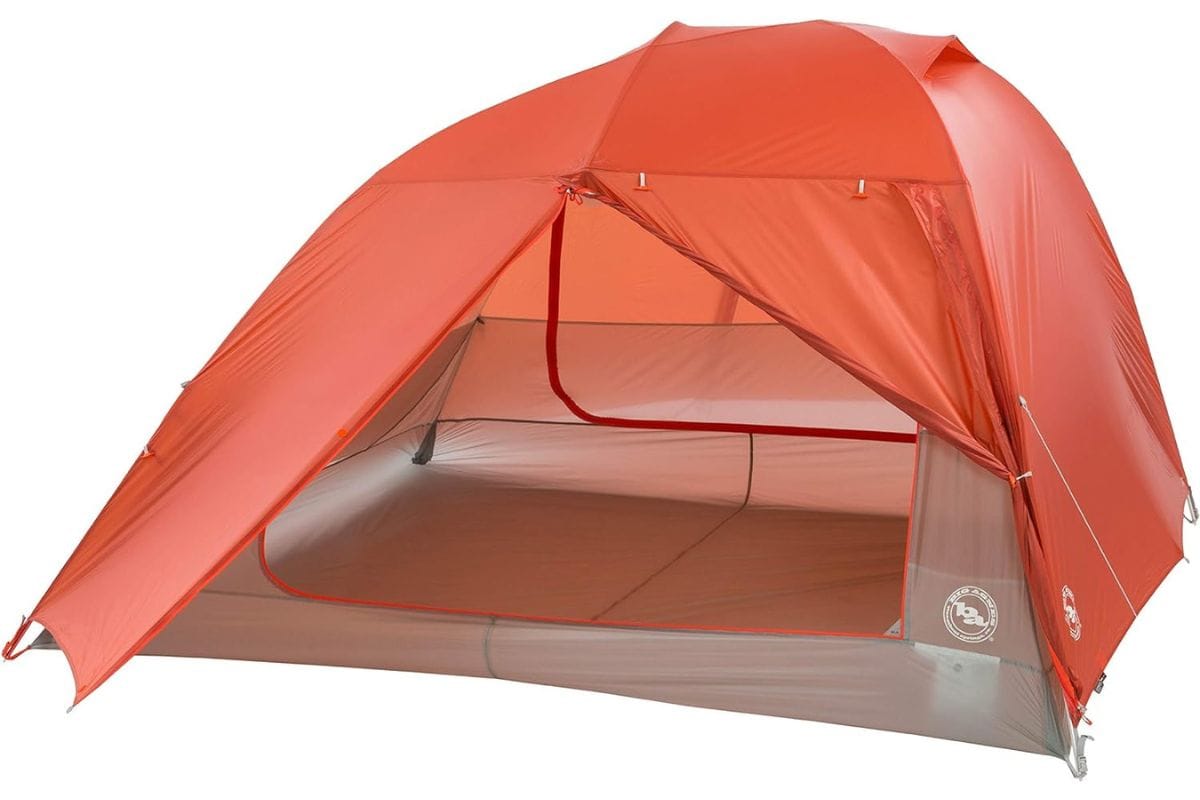
Retail Price: $799
Specifications:
- Trail Weight: 5lbs 4oz
- Capacity: 4-person
Pros:
- Ultralight
- Spacious
- Durable
- Vestibules can be converted to awnings
Cons:
- Pricey
- May not withstand extreme weather conditions
Undoubtedly, the Big Agnes Copper Spur HV UL4 emerges as the featherweight champion of our selection. Weighing in at just over 5 pounds, this tent is a dream come true for backpackers who prioritize minimal weight. But don’t let its lightness fool you.
This tent is tough. The Copper Spur’s durable fabrics stood up well to wind and light rain during our testing, and the two vestibules provided ample space for gear storage.
However, where the Copper Spur truly shines is in its living space. The pre-bent poles create near-vertical walls, offering more headroom and a more livable interior than most backpacking tents.
We also appreciated the two doors, which made midnight bathroom trips a breeze. Additionally, don’t forget to bring your trekking poles for added stability during your adventure.
Rating:
- Price: 3.5/5
- Design: 4.5/5
- Weight: 5/5
- Durability: 4/5
The Spacious Choice for Car Camping: Alps Mountaineering Lynx 4
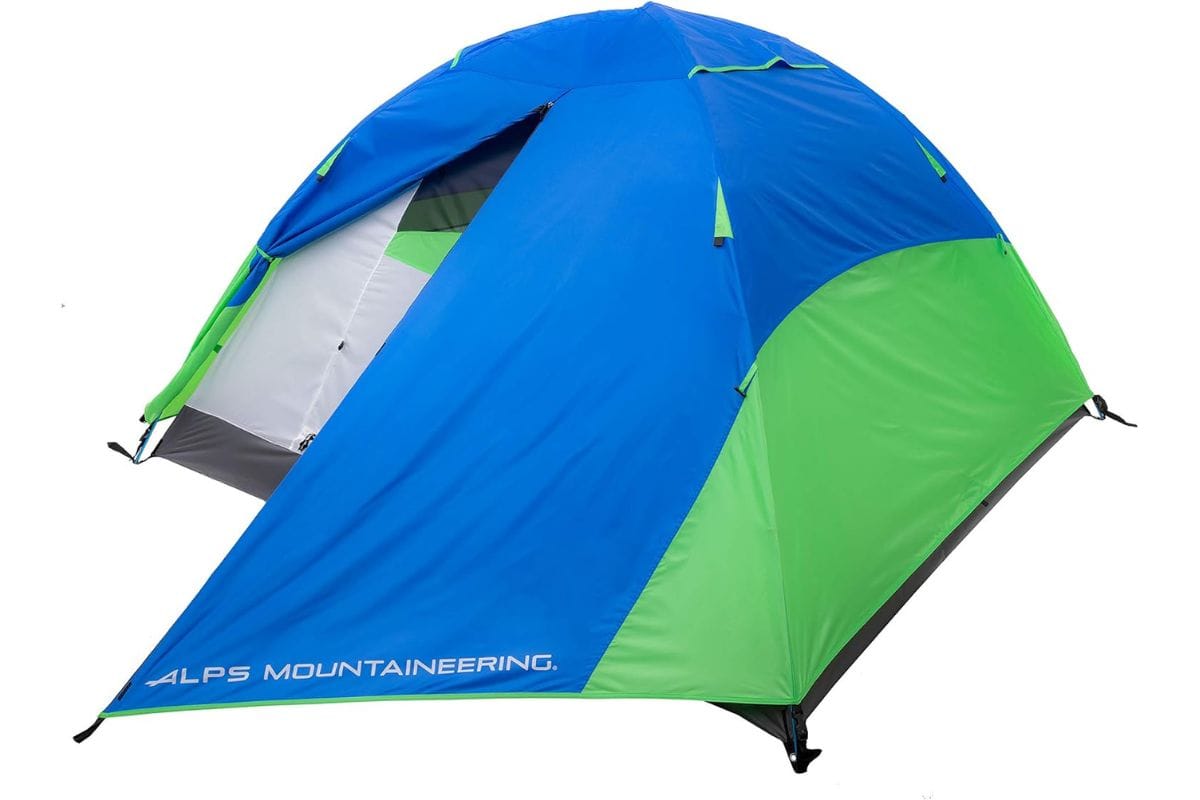
Retail Price: $219.99
Specifications:
- Trail Weight: 7lbs 12oz
- Capacity: 4-person
- Floor Area: 64 sqft
- Peak Height: 52 in.
Pros:
- Spacious
- Full-coverage rainfly
- Two doors
- Large vestibules for gear
Cons:
- On the heavier side for backpacking
- Low ceiling height
Car campers yearning for space will find the Alps Mountaineering Lynx 4 as their perfect companion. Unlike most tents, this solid tent, honored with the Classic Pick award for 2017, is roomy enough to fit:
- a full-sized air mattress
- pillows
- down comforter
- a tote of clothes/gear
While the eight-pound weight might be a turn-off for backpackers, it’s a small price for car campers to pay for the luxury of space.
The Lynx 4 offers:
- Complete protection with its full-coverage rainfly, ensuring you stay dry even in downpours
- Spaciousness for kneeling and sitting
- Easy setup
- Durability
For its features and value for money, the Lynx 4 provides excellent value for money.
Rating:
- Price: 4.5/5
- Design: 4/5
- Weight: 3/5
- Durability: 4/5
The All-Rounder for Backpackers: Marmot Tungsten 4-Person Tent
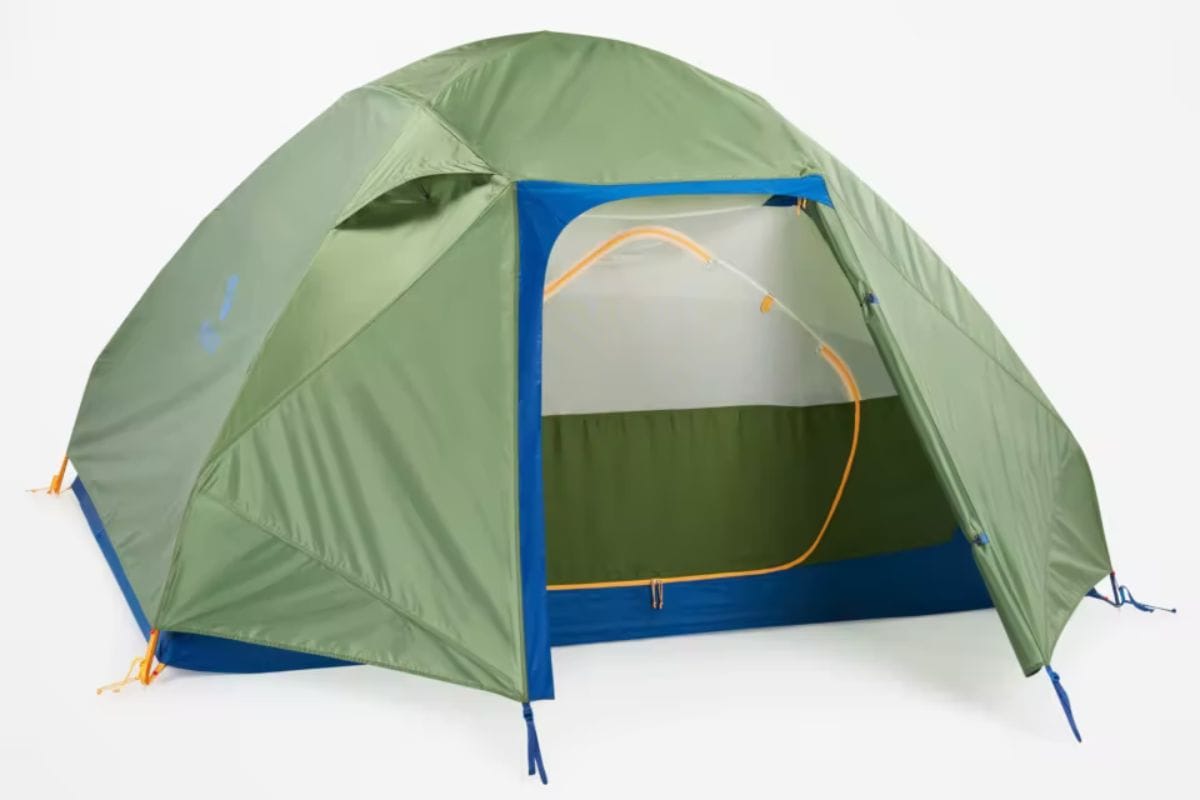
Price: $399
Specifications:
- Packed weight: 7lbs 15oz
- Capacity: 4-person
Pros:
- Roomy interior
- Easy to set up
- Competitive price
- Includes footprint
- D-shaped vestibules for extra room
Cons:
- Slightly heavy for backpacking
The Marmot Tungsten 4-Person Tent offers:
- Space, ease of use, and affordability
- Comfort and quality
- Generous mesh for stargazing and ventilation
- Durable Polyester Taffeta floor
It is a reliable shelter for 3-season adventuring.
Though slightly heavier than ultralight models, the Marmot Tungsten 4-Person Tent is still manageable for backpackers. Its extra weight brings additional benefits - more room to stretch out and easier setup, thanks to color-coded, easy-pitch clips, poles, and fly. It’s these thoughtful details that make the Marmot Tungsten 4-Person Tent a popular choice among backpackers.
Rating:
- Price: 4.5/5
- Design: 4.5/5
- Weight: 4/5
- Durability: 4.5/5
The Minimalist's Haven: Hyperlite Mountain Gear UltaMid 4
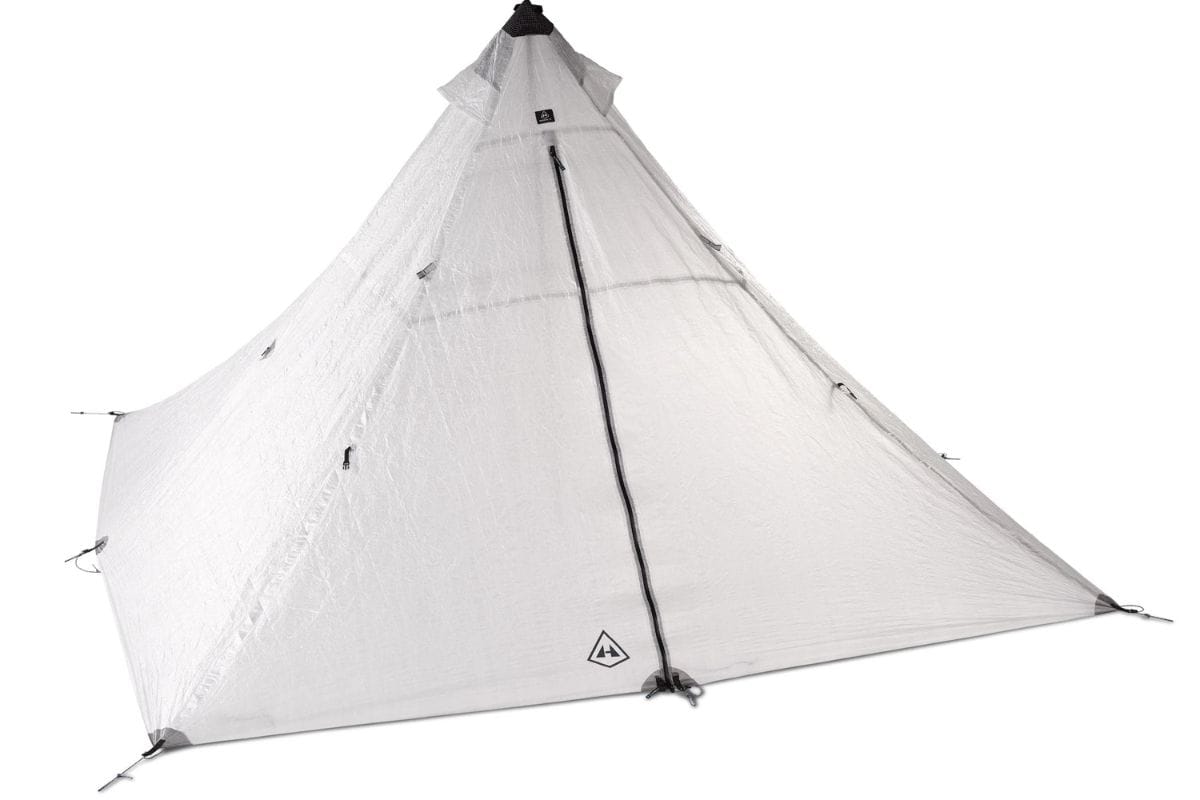
Price: $849.00
Specifications:
- Weight: 1.7lbs
- Capacity: 2-4 people
- Area: 85 sq ft.
Pros:
- Ultralight
- Versatile
- Durable Dyneema fabric
Cons:
- Expensive
- Floorless design not ideal in inclement weather
- Will need to purchase mesh insert separately for bug protection
Adhering to the mantra “less is more”, the Hyperlight Mountain Gear UltaMid 4 serves as an ideal choice for minimalists.
This minimalist’s haven is an ultralight, versatile shelter that can accommodate up to four people or serve as a basecamp shelter. The UltaMid 4 is designed without a floor, offering generous floor space similar to a rainfly.
Constructed from durable, waterproof Dyneema fabric, the UltaMid 4 weighs just over a pound, making it a dream for ultralight backpackers.
While the floorless design might not be everyone’s cup of tea, it’s ideal for those looking to save weight and space. However, be prepared to splash some cash as this ultralight haven comes with a hefty price tag.
Rating:
- Price: 3/5
- Design: 4.5/5
- Weight: 5/5
- Durability: 4.5/5
The Versatile Shelter: Sierra Designs Meteor 4-Person Tent
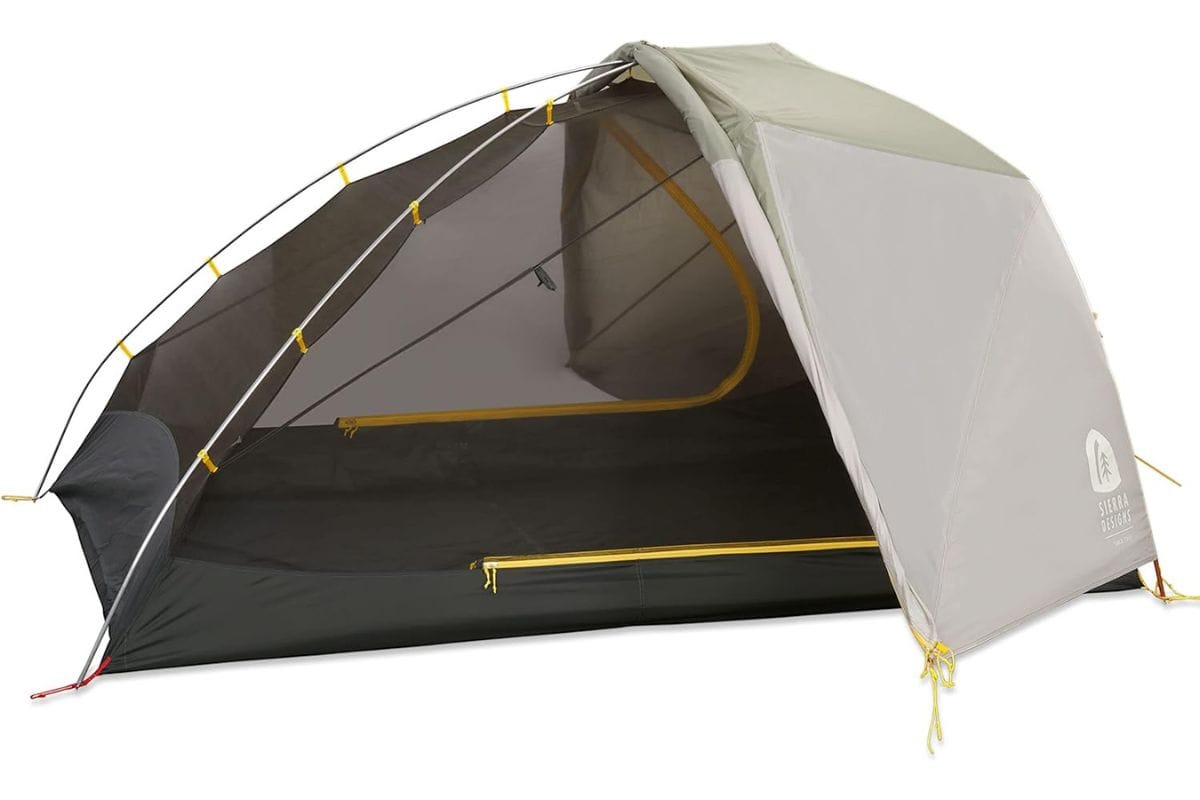
Price: $369.95
Specifications:
- Trail Weight: 5lbs 9oz
- Capacity: 4-person
- Floor Area: 55 ft2 / 5.11 m2
- Peak Height: 46" / 116.8 cm
Pros:
- Versatility
- Roomy interior with convenient interior pockets
- Stable structure
Cons:
- Not designed for extreme winter conditions or heavy snowfall
- Slightly heavier than other backpacking tents in its class
- Limited interior pockets for gear organization
The Sierra Designs Meteor 4 tent is a standout choice for backpackers seeking versatility and comfort in varying outdoor environments.
Its spacious design comfortably accommodates up to four people, making it ideal for group trips, yet it remains surprisingly manageable for solo expeditions, thanks to its lightweight and compact nature.
The dome structure provides stability across different terrains, and its ease of setup is great after a long day's hike.
Key Features:
- Roomy Interior: Ample space for groups or solo backpackers with extra gear.
- Four-Season Use: Performs well in three seasons and capable in light winter conditions.
- Adaptable Design: Stable in various terrains, from forests to mountain bases.
- Lightweight Construction: Balances comfort with the practicalities of backpacking.
- Quick Setup: Simple and fast assembly, a significant advantage in changing weather.
Rating:
- Price: 4/5
- Design: 4.5/5
- Weight: 4/5
- Durability: 4/5
Deciphering the Tent Specs for Your Needs
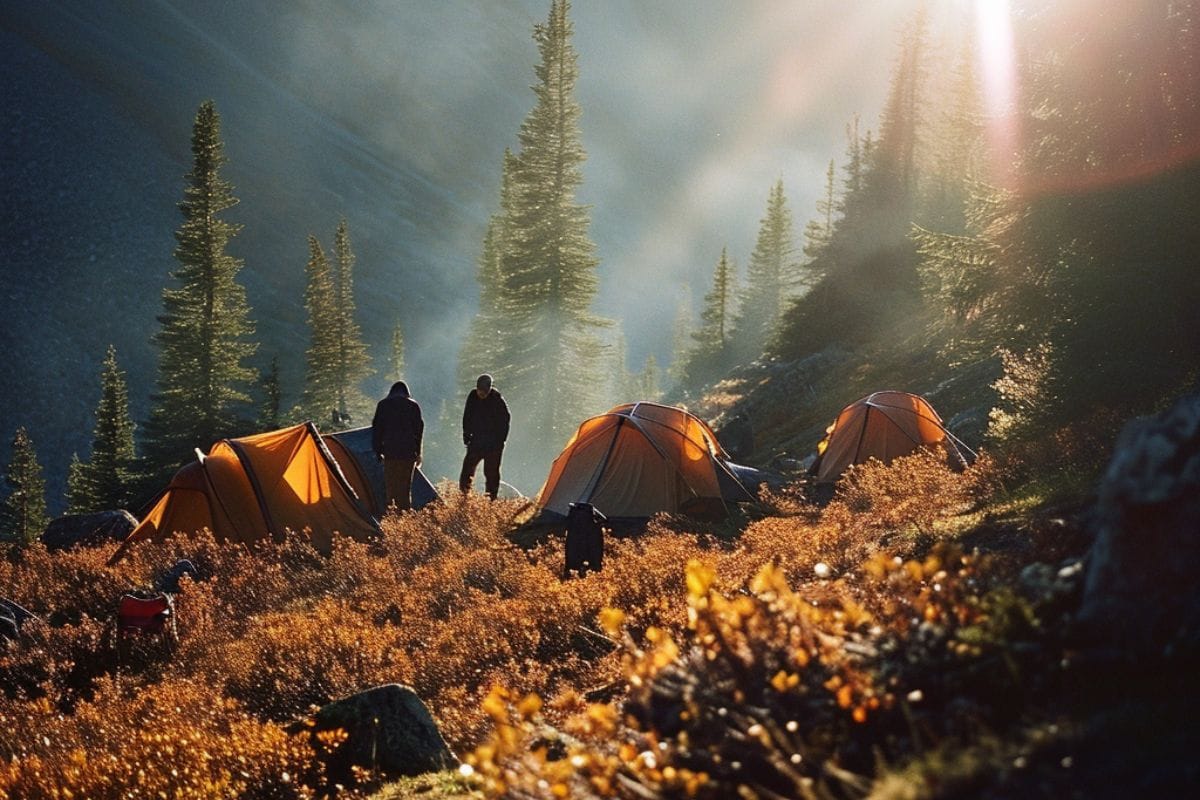
Selecting a tent goes beyond merely opting for the most visually appealing one. It involves understanding a handful of technical specifications that directly impact your camping experience.
For instance, freestanding tents, which stand on their own once assembled, offer the convenience of easy movement around the campsite.
Non-freestanding tents, on the other hand, require staking out, but they are lighter and pack smaller, making them preferred by backcountry enthusiasts.
Door configuration is another important spec. Tents with two doors offer improved accessibility and increased gear storage capacity, while single-door tents may present usage challenges and limited storage for larger groups.
Finally, consider the weight of the tent. While beginners often prioritize ease of setup and comfort features, experienced thru-hikers usually focus on minimizing weight.
Therefore, understanding your requirements and interpreting tent specs accordingly is crucial in selecting the best 4-person backpacking tent for your needs.
Understanding Tent Livability and Comfort
In the realm of tent selection, comfort reigns supreme. The first thing to consider is the floor area and shape. A square floor shape, for instance, facilitates a side-by-side sleeping arrangement, which can be more comfortable for groups.
Ventilation is another critical factor. The amount of mesh used in the tent and the waterproof coating on the rainfly can impact ventilation.
Manufacturers usually incorporate roof vents and maintain adequate spacing between the rainfly and tent body to facilitate continuous airflow, even in rainy conditions.
Lastly, don’t overlook the peak height. It impacts the ability of occupants to stand or sit comfortably in the tent, thereby influencing the overall comfort and livability of the camping shelter.
Balancing Weight and Durability
Finding the right balance between weight and durability often presents a common quandary in tent selection.
Ultralight tents, while being easy on the shoulders, often compromise on durability.
Lightweight tents, on the other hand, use thinner fabrics and fewer features to reduce weight, which may affect their long-term durability.
However, care and maintenance can significantly enhance the lifespan of a lightweight tent. For example, using a footprint and inspecting the campsite for sharp sticks or rocks can prevent damage to the tent floor.
While premium tents often feature a silicone coating to enhance tear strength and longevity, many budget options do not. However, a higher denier fabric density is associated with increased durability in tent construction. So, while balancing weight and durability, it’s crucial to consider your specific camping needs and expectations.
Bottom Line
Choosing the right 4-person backpacking tent is a balancing act between several factors – weight, durability, comfort, and price.
While the Big Agnes Copper Spur HV UL2 wins in the ultralight category, the Alps Mountaineering Lynx 4 comes out on top for those seeking ample space.
The Marmot Tungsten 4-Person Tent proves to be a reliable all-rounder, whereas the Hyperlite Mountain Gear UltaMid 4 is a minimalist’s dream. Lastly, the Sierra Designs Meteor 4-Person Tent offers versatility that few can match.
Remember, the best tent for you is the one that fits your specific needs and preferences. Consider your camping style, the conditions you’ll likely face, and the importance of factors like weight and durability.\
With these in mind, you’re sure to find a tent that will serve as a comfortable home away from home on your outdoor adventures.
Frequently Asked Questions
What's the advantage of having two doors in a tent?
Having two doors in a tent provides improved accessibility and increased gear storage capacity, making it especially beneficial for larger camping groups to avoid climbing over each other during nighttime exits.
Are ultralight tents less durable than standard tents?
Yes, ultralight tents are often less durable than standard tents due to their thinner fabrics and fewer features, which are designed to save weight. However, with proper care and maintenance, they can still last a long time.
What is the importance of peak height in a tent?
The peak height of a tent is crucial as it affects the comfort and livability of the shelter, impacting the ability to stand or sit comfortably inside. This can make a significant difference to your camping experience.
What is the difference between freestanding and non-freestanding tents?
Freestanding tents can stand on their own once assembled, providing easy mobility in the campsite. Non-freestanding tents, in contrast, need to be staked out, but are favored for their lighter weight and compact size.
Before You Go...
